Context
In one of my classes for my Master of Arts in Learning, Design, and Technology (MALDT), I am taking 16 weeks to design (and redesign, and change, and tweak) one lesson really well. We are working through a design cycle as we create this lesson. This is a reflection of my second step - Define (learning goals). You can follow more of my MALDT Progress here.
How I Decided to Word the Goals
After reviewing my school’s Writing Process Standards, I thought more about what the problem was that I wanted to solve. My students often do not edit their work well, or they quickly skim through this step of the writing process. Then I thought about where I wanted the students to be at the end of the lesson. I want students to have improved their writing in at least one of the 6+1 Traits of writing. I would expect that my students would apply conscious action when carrying out the revise/edit stage of the writing process. They would be consciously using the tools and procedure provided in the lesson to do this thoroughly.
After reflecting on these things, I started to form a focusing objective, a performance objective, an instructional design objective, and an instructional evaluation objective. How I Edited the Goals
In order to make these objectives as specific as possible, I continued to refer to the original proble, destination, and the gap inbetween. I also compared them to the definition and examples in Design for How People Learn by Julie Dirksen (the taxonomy of these types of learning objectives is originally from Thalheimer 2006).
Thinking through these four types of objectives helped me to form one, overarching smart goal for the lesson.
Final SMART Learning Goal: Students will use collaborative, online tools to seek, receive, and provide feedback on writing, based on one of the 6+1 Traits of Writing. Improvements will be made during the revise/edit stage of the writing process, resulting in an improved version of the piece before publishing.
I also made some changes to the original Google Sheet for students to add to. Thinking through the different objectives helped me to change some instructions.
Thinking Deeper About Lesson Goal Setting
Often objectives and goals are presented in boring or pointless ways. I enjoyed reading about these four different types of objectives that at least help the lesson designer create something with purpose. I think the most important thing to remember is how to find, and stay true to, that purpose. What is your problem? What is your destination? What is the gap between that, and how will your learners get there?
Better Goals for Lessons in the Future
While this would be an arduous task to complete for every lesson one teaches, it was definitely a process worth going through. In the future, it could be worth looking through the four different types of learning objectives for units, check-in assessments, tasks that are assessment as learning, or lessons like the one I am preparing, which could be used all year long and consistently referred to. Thinking through each of the four types and narrowing down what you actually want the students to focus on and what you want from them was valuable. I also believe that working through this process would probably become a lot quicker and easier the more you do it.
2 Comments
Context and Summary
In January I began a Master of Arts in Learning, Design, and Technology last month with Central Michigan University (you can follow my MALDT Progress here). The program is the first to include ISTE Certification (setting us up to be ready to apply at the end of our degree). In one of my classes I am taking 16 weeks to design (and redesign, and change, and tweak) one lesson really well. We are working through a design cycle as we create this lesson. This is a reflection of my first step - Empathy.
"Empathy is the foundation for a strong, human centered point of view, and a great design project demands a rich empathy experience."
I was noticing that my students were not always editing their work as well as I wanted them to be, if at all. I wanted to make this process more exciting for my grade 4 students. I wanted it to also be an authentic task that could happen from school or home, just like in the adult world of editing. I use the suggesting tool on Google Docs all of the time in the "real world." I also use it with my students, but have never asked them to try using it with each other. I like that the feature allows for suggestions, so the author can make decisions for themselves about whether or not to accept the change. The more I thought about the opportunities I have that are like this, the more I thought about the lack of opportunities they have for it.
I decided to create a place for students to submit a Docs version of their writing and ask for peer feedback/suggestions on editing using the 6+1 Traits of Writing by Ruth Culham. Students would use this database in two ways.
Process so far...
My Process for designing the Empathize portion of my lesson
First I created a “quick and dirty” design of the lesson. This included the creation of this Google Sheet for students to add a link to their writing to. I added columns for students to identify specifically what they would like feedback on, and when they would like the feedback by. Then I emailed teachers in grade 3 and 5 to see if anyone was using the same writing program as we are in Studio 4. None were really using it in the same way, but a few teachers did reach out as willing to have their students trial some editing with my and my students.
What I have learned so far...
As someone who likes to dive into things, I am learning that taking the design cycle slowly is beneficial for the end user. Of course it is not always possible to go this slow, but I am glad I chose a lesson that is something we come back to all year long. I am used to adapting and changing things based on user (student) feedback and needs, but have not really taken this amount of time before even talking to the kids about it. I am excited to get the Google Form out to at least my class and see what comes back from them.
I am thinking that consolidating their knowledge of the 6+1 Traits of Writing will be a good next step for my class. Seven traits is not always easy for a grade four student to remember off the top of their head. We have been working on the principles of design and visual literacy, so creating posters or videos about the traits could be a great way to tie these things in. I am looking forward to the next step of the design process: Define. This will help me create some goals and consider the gaps my students need support with. |
Cindy KaardalThis blog page is specifically for my COETAIL blog posts. Archives
April 2021
Categories
All
|
Proudly powered by Weebly
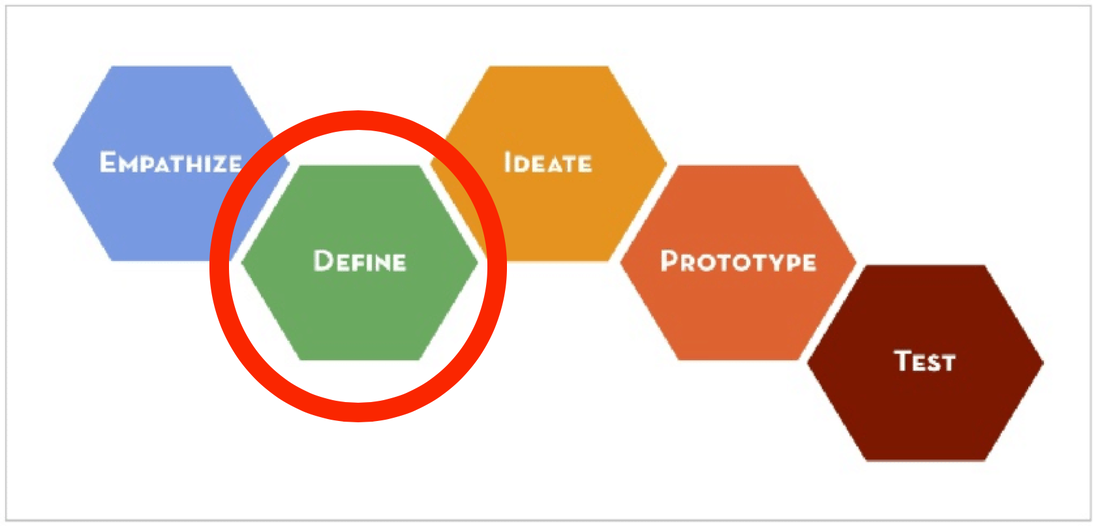
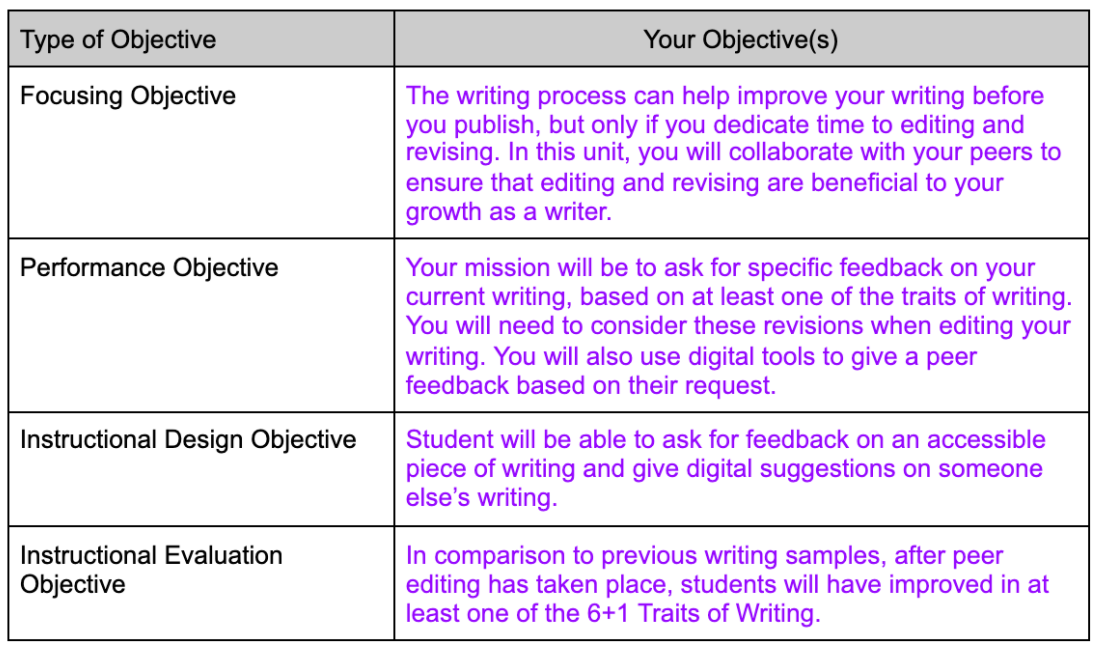
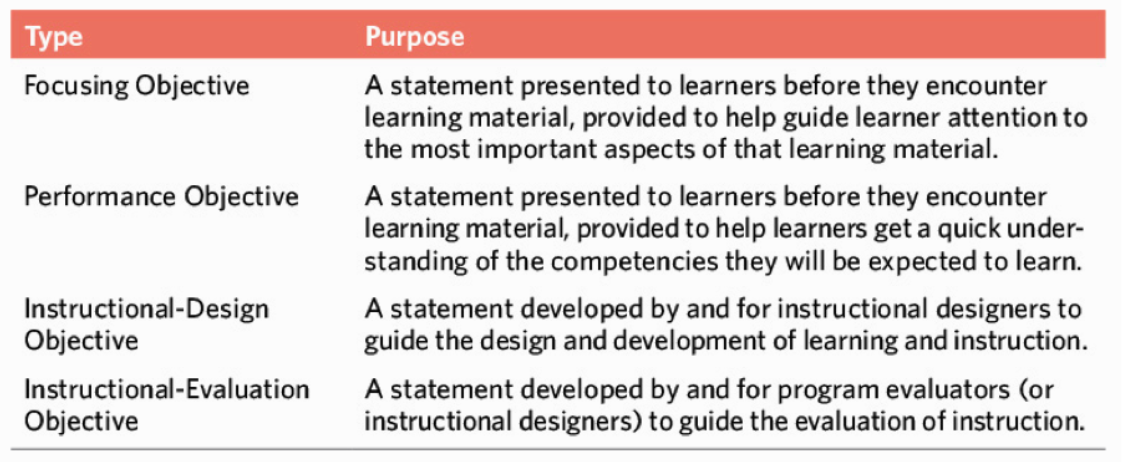
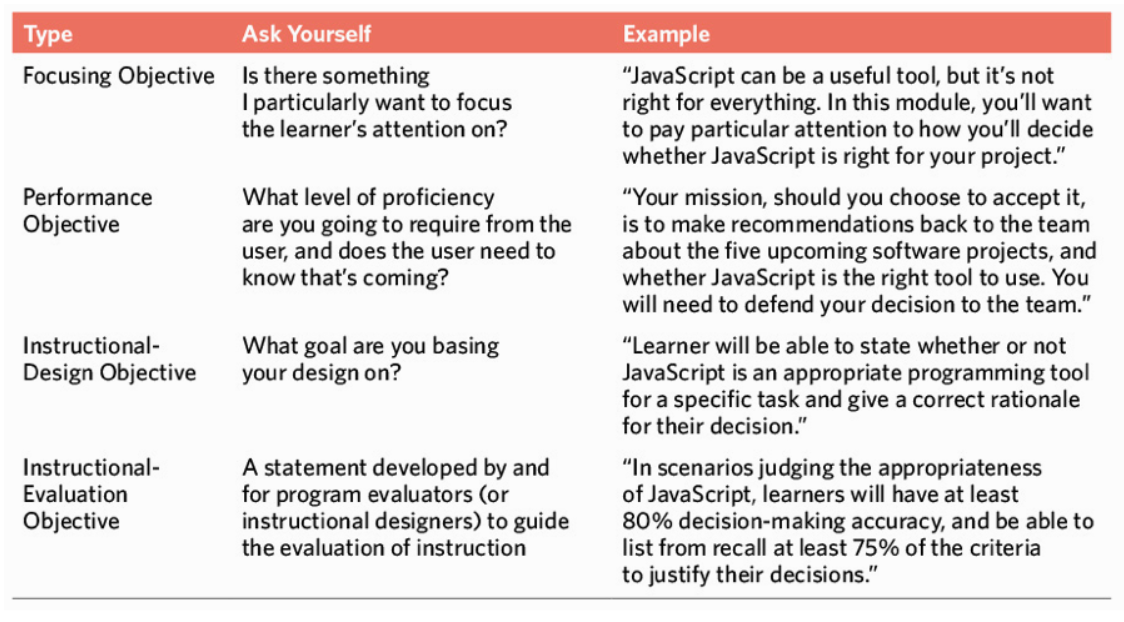

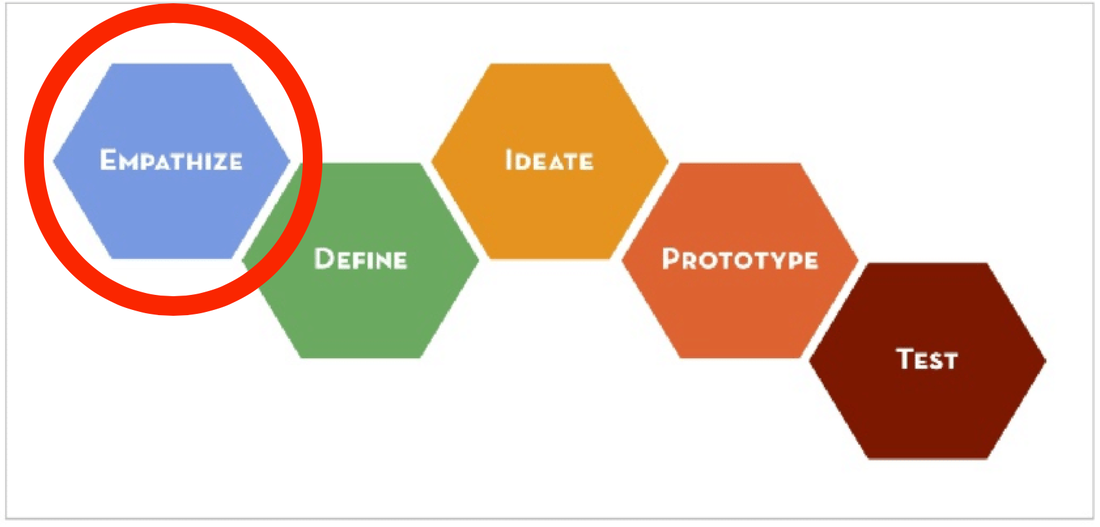
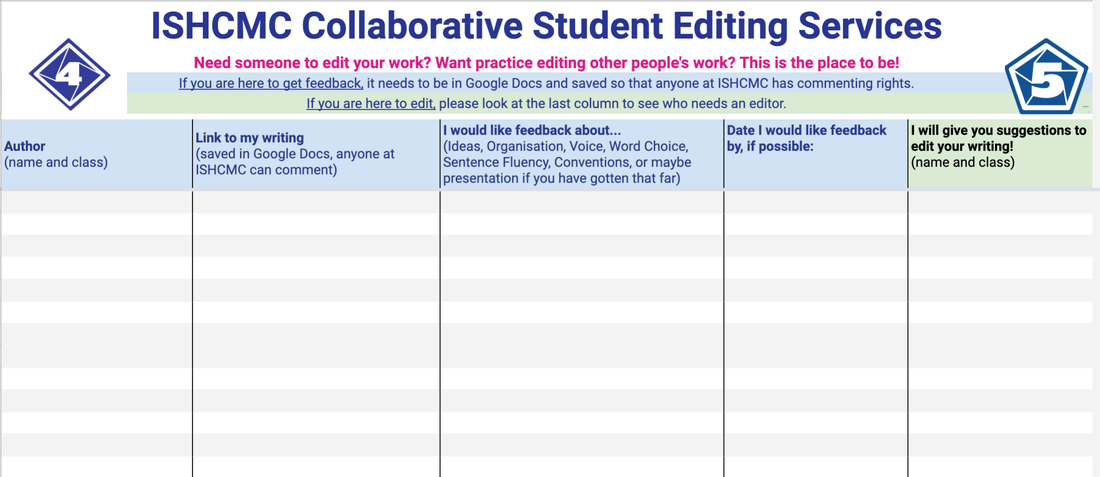
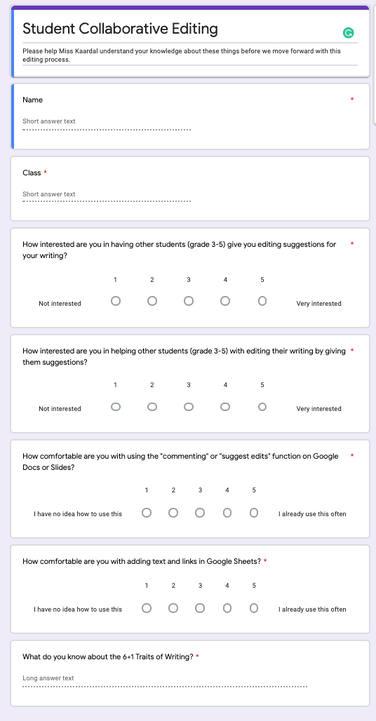
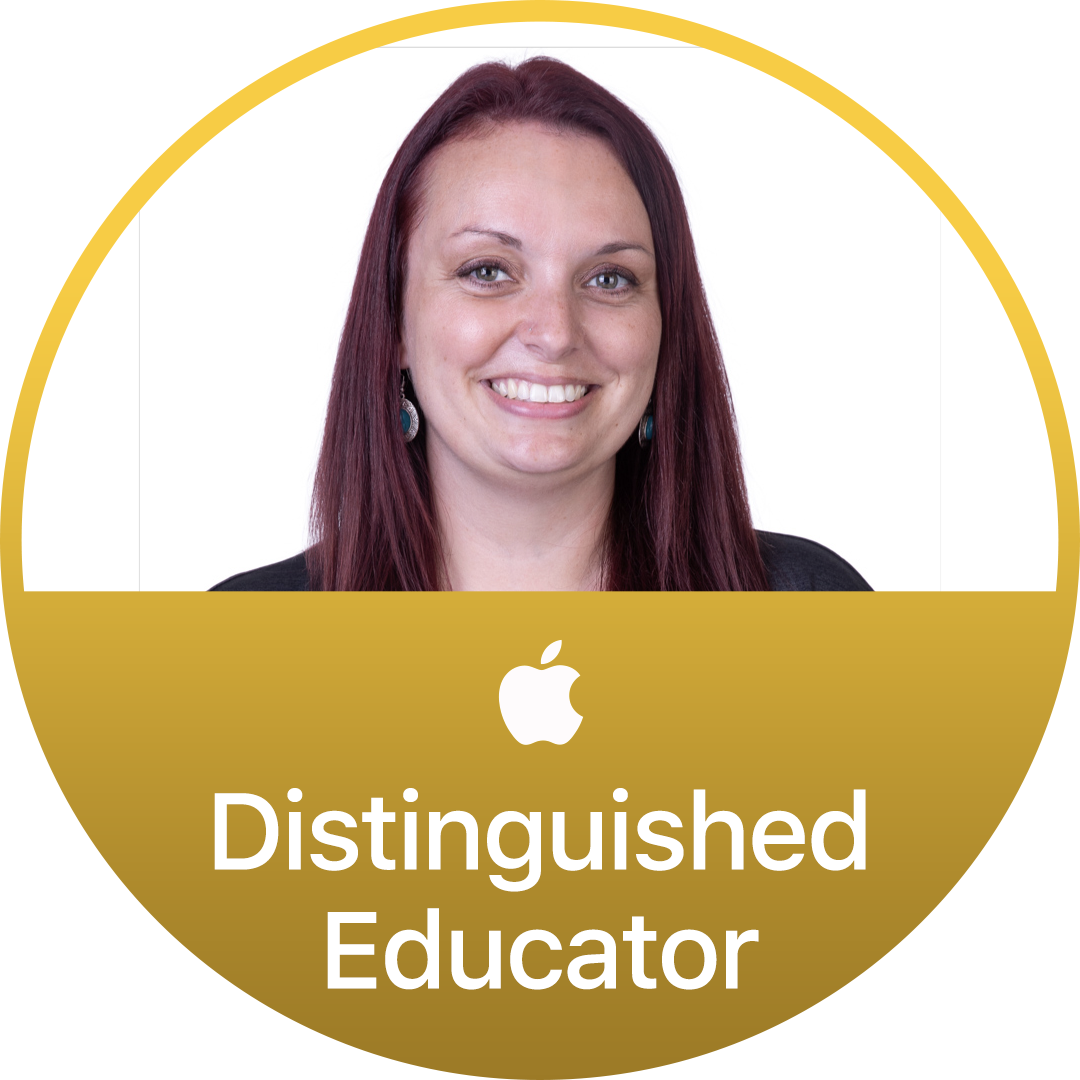
 RSS Feed
RSS Feed